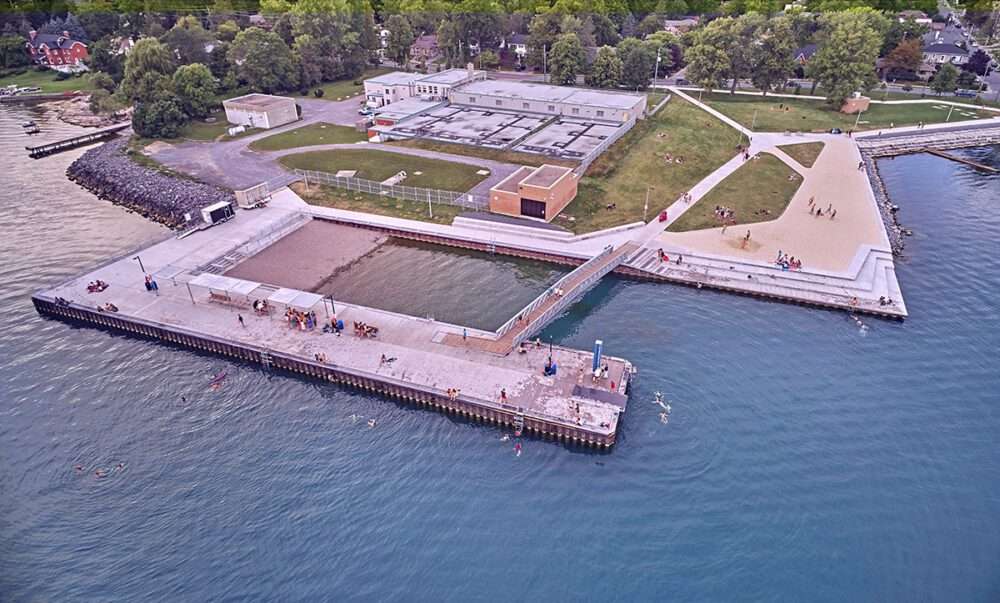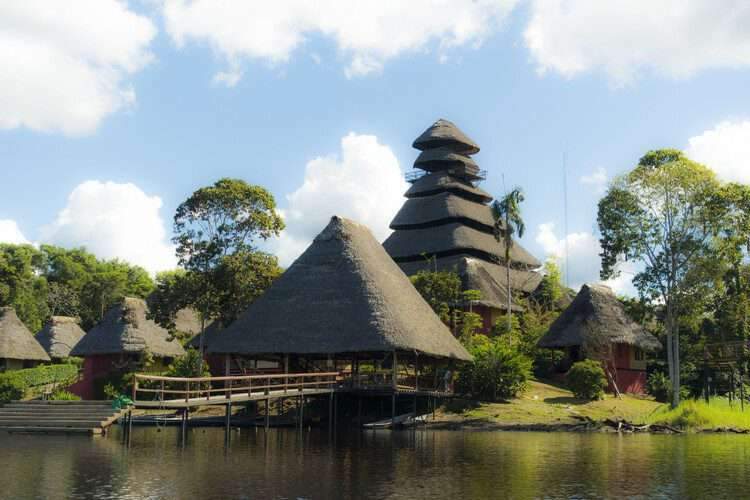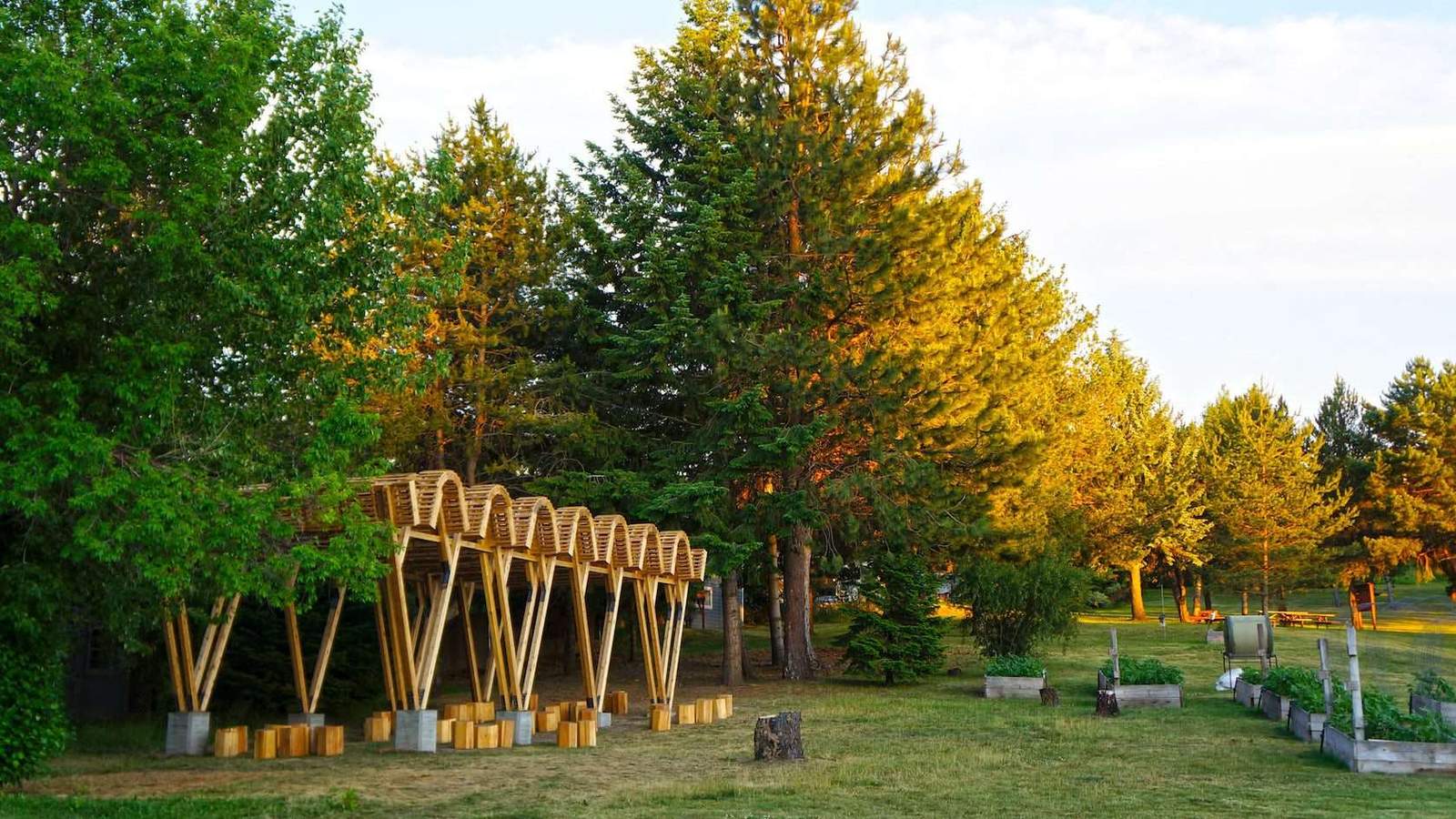Cormier’s most important and famous works
Cormier’s upbringing

Cormier’s working life
For more architectural news


For more architectural news
Arab Architecture – Architectural Publishing Team
Arab Architecture is ArchUp’s dedicated editorial team focused on publishing high-quality content about contemporary architecture, urban design, and regional architectural developments. The team curates and reports on significant projects, design concepts, and influential movements shaping the architectural landscape in the Arab world and beyond.
Explore their latest architectural coverage here: ArchUp Architecture Section
SawyerJeong House / STAY Architects © Kiwoong Hong + 26 Share Share Facebook Twitter Mail Pinterest Whatsapp Or https://www.archdaily.com/983631/sawyerjeong-house-stay-architects Area Area of this architecture project Area : 45 m² Year Completion year of this architecture project Year : 2022 Photographs…

SOM Studio has designed a landmark mixed-use project in one of Nashville’s most vibrant cultural districts.Building on SOM’s 30-year collaboration with the Ritz Carlton,Designs have been revealed for a mixed-use project in the heart of Nashville’s SoBro district.The 1.2 million…

Hopscotch House in Brisbane was created by a local studio, John Ellway Architect, and includes an addition as well as a number of little gardens that are meant to encourage play and movement.The redevelopment doesn’t seem to bother the low-rise…

Napo Native Fauna Center Tower / Caá Porá Arquitectura + Pinxcel + Comunidad Kichwa Añangu © Gabriel Moyer-Perez / Jose Luis Machado + 17 Share Share Facebook Twitter Mail Pinterest Whatsapp Or https://www.archdaily.com/1002273/napo-native-fauna-center-tower-caa-pora-arquitectura-plus-pinxcel-plus-comunidad-kichwa-anangu © Gabriel Moyer-Perez / Jose Luis Machado…

AB McDonald Elementary Outdoor Classroom – The Outdoor Classroom is an extension of the indoor learning environments at AB McDonald Elementary school. Originally designed in response to the acute need for distanced outdoor learning and lunch space brought on…
Under the motto ‘From personalities for personalities’, the bathroom and kitchen fittings manufacturer from Germany’s Black Forest recently asked several renowned designers, including Hadi Teherani and Tristan Auer, to create spaces for conscious body perception and care. In the case…
SawyerJeong House / STAY Architects © Kiwoong Hong + 26 Share Share Facebook Twitter Mail Pinterest Whatsapp Or https://www.archdaily.com/983631/sawyerjeong-house-stay-architects Area Area of this architecture project Area : 45 m² Year Completion year of this architecture project Year : 2022 Photographs…

SOM Studio has designed a landmark mixed-use project in one of Nashville’s most vibrant cultural districts.Building on SOM’s 30-year collaboration with the Ritz Carlton,Designs have been revealed for a mixed-use project in the heart of Nashville’s SoBro district.The 1.2 million…

Hopscotch House in Brisbane was created by a local studio, John Ellway Architect, and includes an addition as well as a number of little gardens that are meant to encourage play and movement.The redevelopment doesn’t seem to bother the low-rise…

Napo Native Fauna Center Tower / Caá Porá Arquitectura + Pinxcel + Comunidad Kichwa Añangu © Gabriel Moyer-Perez / Jose Luis Machado + 17 Share Share Facebook Twitter Mail Pinterest Whatsapp Or https://www.archdaily.com/1002273/napo-native-fauna-center-tower-caa-pora-arquitectura-plus-pinxcel-plus-comunidad-kichwa-anangu © Gabriel Moyer-Perez / Jose Luis Machado…

AB McDonald Elementary Outdoor Classroom – The Outdoor Classroom is an extension of the indoor learning environments at AB McDonald Elementary school. Originally designed in response to the acute need for distanced outdoor learning and lunch space brought on…
Under the motto ‘From personalities for personalities’, the bathroom and kitchen fittings manufacturer from Germany’s Black Forest recently asked several renowned designers, including Hadi Teherani and Tristan Auer, to create spaces for conscious body perception and care. In the case…
SawyerJeong House / STAY Architects © Kiwoong Hong + 26 Share Share Facebook Twitter Mail Pinterest Whatsapp Or https://www.archdaily.com/983631/sawyerjeong-house-stay-architects Area Area of this architecture project Area : 45 m² Year Completion year of this architecture project Year : 2022 Photographs…

SOM Studio has designed a landmark mixed-use project in one of Nashville’s most vibrant cultural districts.Building on SOM’s 30-year collaboration with the Ritz Carlton,Designs have been revealed for a mixed-use project in the heart of Nashville’s SoBro district.The 1.2 million…

Hopscotch House in Brisbane was created by a local studio, John Ellway Architect, and includes an addition as well as a number of little gardens that are meant to encourage play and movement.The redevelopment doesn’t seem to bother the low-rise…

Napo Native Fauna Center Tower / Caá Porá Arquitectura + Pinxcel + Comunidad Kichwa Añangu © Gabriel Moyer-Perez / Jose Luis Machado + 17 Share Share Facebook Twitter Mail Pinterest Whatsapp Or https://www.archdaily.com/1002273/napo-native-fauna-center-tower-caa-pora-arquitectura-plus-pinxcel-plus-comunidad-kichwa-anangu © Gabriel Moyer-Perez / Jose Luis Machado…

AB McDonald Elementary Outdoor Classroom – The Outdoor Classroom is an extension of the indoor learning environments at AB McDonald Elementary school. Originally designed in response to the acute need for distanced outdoor learning and lunch space brought on…
Under the motto ‘From personalities for personalities’, the bathroom and kitchen fittings manufacturer from Germany’s Black Forest recently asked several renowned designers, including Hadi Teherani and Tristan Auer, to create spaces for conscious body perception and care. In the case…